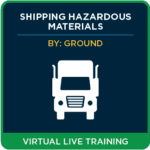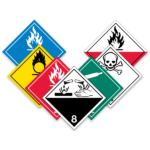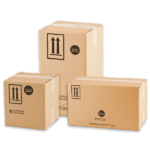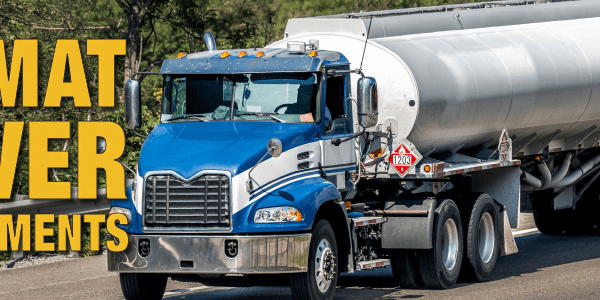Shipping dangerous goods should never be a gamble. Receiving dangerous goods training that is clear and concise will give you the confidence that your shipping papers, labels, placarding, and packaging is compliant through all modes of transportation. Being compliant within the regulations will help ensure that your dangerous goods are properly documented and arrive safely to their destination. In addition, if the vehicle your dangerous goods are on is inspected, you can avoid unnecessary delays and fines. Over the summer, during an unannounced road inspection blitz across North America, many shippers found out they were not within compliance of the dangerous goods regulations and had various violations as a result.
Inspection Blitz
According to The Commercial Vehicle Safety Alliance (CVSA), a safety inspection blitz took place over the summer spanning across the United States, Canada, and Mexico. This unannounced event took place over five days and specifically targeted commercial motor vehicles. Overall, there were around 13,000 vehicles randomly inspected across North America. What’s scary about this event is the number of violations that occurred. For example, in the U.S and Canada, out of the 10,905 vehicles and 8,363 packages with dangerous goods inspected, there were 2,714 violations! That is an astounding number of violations based on the number of vehicles and packages inspected. In this particular case, we are lucky that none of these non-compliances resulted in any accidents, injuries, or deaths. However, these types of violations can usually levy some pretty hefty fines, and all of it could be avoided by adequate training and following the regulations. The violations of this inspection included shipping papers, safety marks, and packaging. A breakdown of the violations is below:
- 496 shipping papers violations;
- 628 non-bulk/small means of containment packaging violations;
- 390 bulk packaging/large means of containment placarding violations;
- 277 non-bulk/small means of containment labeling violations;
- 307 bulk/large means of containment placarding violations;
- 167 other safety marks violations;
- 288 loading and securement violations;
- 50 HM/DG package integrity (leaking) violations;
- 63 Transportation of Dangerous Goods Training Certificate violations (Canada only).
How to Avoid Fines
As mentioned in the opening paragraph, shipping dangerous goods shouldn’t be a gamble. You should receive adequate training that gives you the knowledge to ship your specific hazardous goods in compliance with the regulations. If you are ever unsure if what you are shipping is compliant, never take a chance and just guess if what you are doing complies with the regulations. Consult with a dangerous goods professional or expert to ensure that what you are doing is safe and compliant. For example, here at ICC The Compliance Center, we offer exceptional training across all modes of transportation. In addition, if you receive training from us or purchase our other products, we offer free regulatory support if you have questions on the dangerous goods regulations. Always feel free to contact us.
Sources:
https://www.automotiveworld.com/news-releases/more-than-13000-vehicles-transporting-hazardous-materials-dangerous-goods-were-inspected-during-cvsas-unannounced-five-day-inspection-initiative/
https://www.transportationnation.com/2700-violations-reported-in-cvsas-surprise-hazmat-dangerous-goods-inspection-blitz/
https://www.freightwaves.com/news/unannounced-hazmat-inspections-reveal-risks-unsafe-practices
Stay up to date and sign up for our newsletter!
We have all the products, services and training you need to ensure your staff is properly trained and informed.
 Shipping Hazardous Materials by Ground in the U.S.A. Training Courses |
 Placards |
 UN Approved Packaging |







 ICC USA
ICC USA ICC Canada
ICC Canada